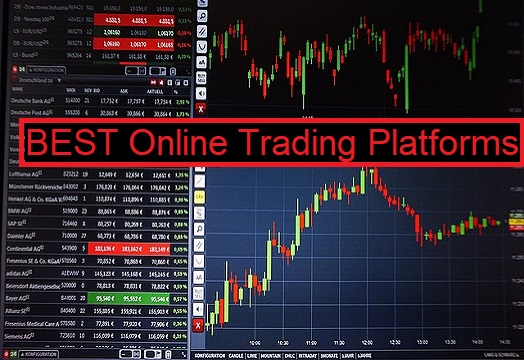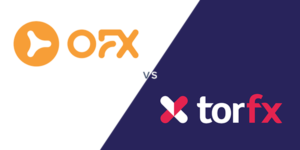Many people are familiar with the name Fisher Investments, but not everyone knows exactly what the company does. Founded in 1979, Fisher Investments is a global money management firm that provides services to both institutional and private clients. But what can investors expect in terms of returns? Let’s take a closer look.
What is the Fisher investment?
The Fisher investment is a strategy that was developed by renowned investor Phil Fisher. It is based on the belief that businesses with great management teams and strong competitive advantages will outperform the market over the long-term.
Fisher’s framework for analyzing businesses focuses on three key areas: management, competitive advantages, and financial strength. By carefully evaluating these three areas, investors can identify businesses with the potential to generate superior returns.
The Fisher investment strategy has been successful for many investors over the years, including Warren Buffett. In fact, Buffett has said that Phil Fisher was one of the most influential people in his investing career.
If you’re looking to follow in the footsteps of successful investors like Phil Fisher and Warren Buffett, then you need to understand the Fisher investment strategy. By carefully analyzing businesses with a focus on management, competitive advantages, and financial strength, you can find companies that have the potential to generate superior returns.
Benefits
The Fisher investment strategy has a number of benefits. First, it helps investors to identify businesses with strong management teams and competitive advantages. This is important because these are the types of businesses that are most likely to outperform the market over the long-term.
Second, the Fisher investment strategy also takes into account a company’s financial strength. This is important because a company’s financials can provide insights into its ability to generate returns in the future.
Third, by focusing on companies with strong management teams and competitive advantages, investors can avoid many of the traps that lead to poor investments. For example, investing in companies with great products but poor management is often a recipe for disaster.
Fourth, the Fisher investment strategy can be applied to businesses of all sizes. Whether you’re looking at large publicly-traded companies or small privately-held businesses, the principles are the same.
Finally, the Fisher investment strategy has proven to be successful for many investors over the years. If you’re looking for a time-tested investing approach that can help you find businesses with strong long-term potential, then the Fisher investment strategy is worth considering.
Fisher Investments’ Returns over Time
On average, Fisher Investments has generated an annual return of 11.7% since its inception in 1979. This includes both up and down markets, so it’s a fairly impressive track record. However, it’s important to keep in mind that past performance is no guarantee of future results.
In terms of more recent history, the company’s flagship fund, the Fisher Growth Fund (FGROX), has averaged 14.5% annually since its inception in 1986. For context, this compares favorably to the S&P 500’s return of about 10% over the same time period.
Not all of Fisher Investments’ funds have performed quite so well, however. The Fisher International Equity Fund (FIEX), for example, has only generated an annualized return of 8% since its inception in 1997. Given this wide range of performance, it’s important to do your homework before investing with any money manager.
In addition, Fisher Investments’ International Equity strategy has also delivered strong returns, averaging an annual return of 10.6% since its inception in 1994. This again outperforms the benchmark MSCI ACWI ex-USA Index, which has averaged an annual return of 6.9% over the same time period.
Conclusion:
So, what’s the bottom line? On average, Fisher Investments has generated solid returns since its inception nearly 40 years ago. However, as with any investment firm, there have been some ups and downs along the way. As always, it’s important to do your own research before investing with any money manager.











